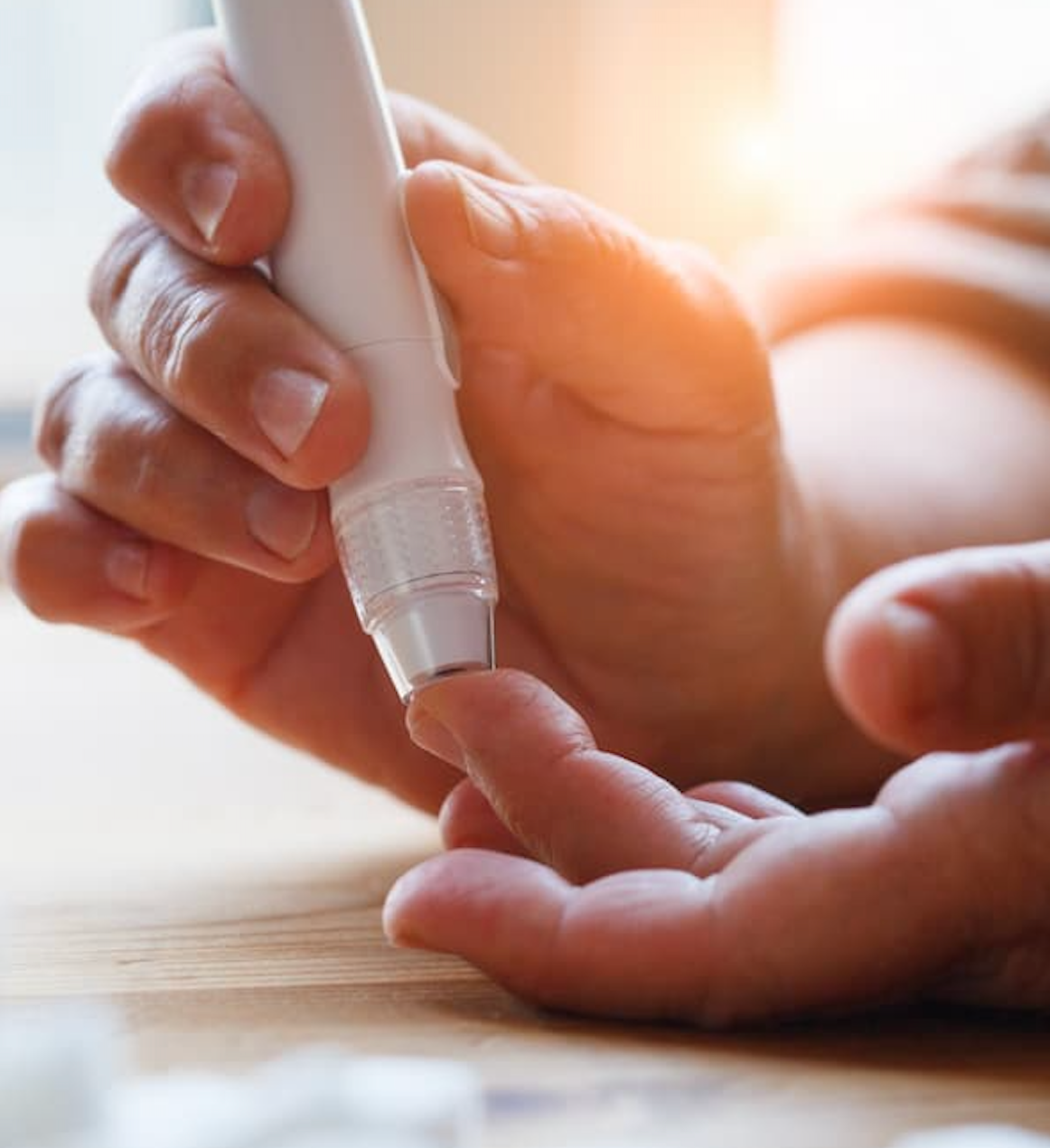News
Article
Empagliflozin Biosimilar Demonstrates Comparable Pharmacokinetics
Author(s):
The empagliflozin reference drug and its biosimilar (CKD-370) demonstrated bioequivalence, and both treatments were well-tolerated among patients.
A single 25 mg dose of reference empagliflozin and biosimilar CKD-370 demonstrated similar pharmacokinetic (PK) characteristics and were generally tolerated in healthy subjects, according to a study published in Drug Design, Development, and Therapy.1
Credit: Adobe Stock/zakalinka

Empagliflozin, a sodium-glucose cotransporter 2 (SGLT2) inhibitor, was first launched in 2014 and is used to treat type 2 diabetes mellitus (T2DM). The condition was previously estimated to affect approximately 451 million people worldwide, which is expected to increase to 693 million patients by 2045 due to an increased prevalence of overeating, stress, and physical inactivity. Most patients with T2DM also have macrovascular complications, including cardiovascular disease and comorbidities affecting the nervous system, kidney, and retina, as well as reduced quality of life and mortality. Therefore, controlling blood sugar is necessary to treat T2DM and prevent further complications.2
“The test treatment was hypothesized to have similar PK characteristics to empagliflozin but improved chemical properties,” wrote a group of South Korean investigators. “In the present study, the test treatment was evaluated and compared with the reference treatment. We aimed to evaluate the PK, safety, and tolerability of the test and reference treatments following a single oral administration under fasting conditions in healthy Korean subjects.”
The randomized, open-label, 2-period, 2-sequence crossover study was performed on healthy Korean participants between February 2019 and April 2019. Patients received a single oral dose of either the test or reference treatment. The PK, safety, and tolerability of these 2 formulations were evaluated. Liquid chromatography with tandem mass spectrometry were used to assess plasma empagliflozin concentrations. Primary PK parameters included the maximum concentration (Cmax) and the area under the concentration-time curve from 0 to last (AUClast). Safety and tolerability were evaluated and adverse drug reactions (ADRs) were assessed for severity, duration, and relationship with the study drug at certain points throughout the study. Results of a physical examination, clinical laboratory tests, and vital signs were also recorded. Eligible patients were aged between 19 and 50 years and weighed between 55 and 90 kg.
In total, 28 healthy Korean adults maintained fasting conditions 10 hours prior to administration and were randomized to receive the 2 drugs. An additional 27 subjects were included in the PK analysis.
Cmax and AUClast levels post CKD-370 administration were 442.02 ± 103.37 μg/L and 3131.08 ± 529.30 μg·h/L, respectively. After administering the reference treatment, levels were 436.29 ± 118.74 μg/L and 3006.88 ± 514.21 μg·h/L, respectively.
The geometric mean ratio as well as its 90% confidence interval of test to reference treatment for both Cmax and AUClast were 1.0221 (0.9527– 1.0967) and 1.0411 (1.0153– 1.0677), respectively. These were within the commonly accepted bioequivalence criteria, defined as between .80 and 1.25.
Both treatments were considered to be well-tolerated, with a total of 13 cases of adverse drug reactions (ADRs) reported in 6 patients. All ADRs were mild and previously reported, and all patients recovered without sequelae. Common adverse events were neurologic or gastrointestinal in nature, including dizziness, headache, nausea, and vomiting. No patients reported serious adverse events.
Investigators noted the small sample size as a limitation of the study. They stated although the safety, tolerability, and bioequivalence were confirmed, possible complications associated with the cocrystal formulation should be analyzed in future studies with larger sample sizes.
“The test treatment CKD-370 was well tolerated and showed PK characteristics and safety profiles comparable to those of the reference treatment,” investigators concluded. “The results of this study imply that both formulations are bioequivalent.”
References
- Jiang X, Bae S, Yoon DY, et al. Comparison of the Pharmacokinetics, Safety, and Tolerability of Two Empagliflozin Formulations in Healthy Korean Subjects. Drug Des Devel Ther. 2023;17:2137-2145. Published 2023 Jul 24. doi:10.2147/DDDT.S409368
- Cho NH, Shaw JE, Karuranga S, et al. IDF diabetes atlas: global estimates of diabetes prevalence for 2017 and projections for 2045. Diabetes Res Clin Pract. 2018;138:271–281. doi:10.1016/j.diabres.2018.02.023





